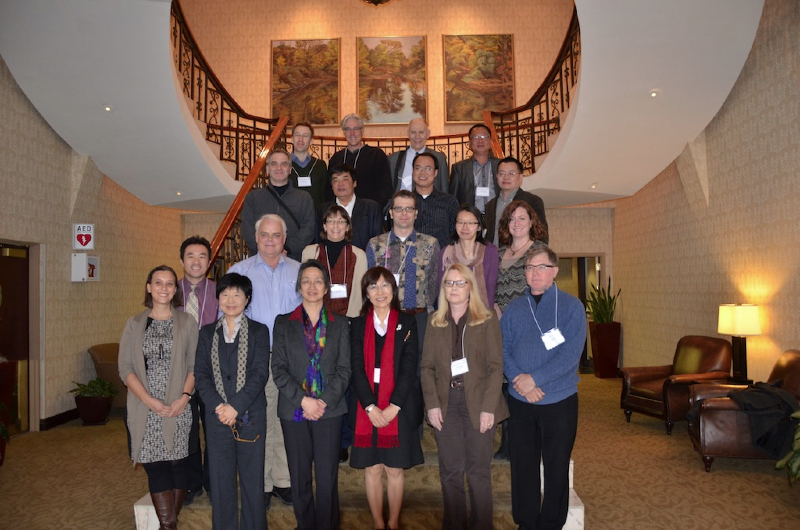GATEWAY TO KOREA: COLONIALISM, NATIONALISM, AND RECONSTRUCTING RUINS AS TOURIST LANDMARKS
DOI:
https://doi.org/10.7152/jipa.v35i0.14729Abstract
This paper traces the evolution of the South Gate (Sungnye-mun) as a must-see destination representing the antiquity, beauty and patrimony of Seoul, the former capital of the 600 year-old Chosŏn dynasty of Korea (1392-1910). Using the case study of the Republic of Korea's premier national treasure, this paper traces the preservation methods, educational, and commercial agendas of the producers, managers, and promoters of heritage remains. The earliest photographic records date back to the late nineteenth century when travel photo- graphs taken by stereo-view companies, photo-studios, and diplomats were recycled in newspapers, postcards, and guidebooks, giving foreigners the first glimpses into the “Hermit Kingdom.” The analysis relies on CRM archives such as photographs, guidebooks, architectural surveys, excavation reports, and material resources compiled by the Cultural Heritage Administration (CHA) during the five years of excavations and construction of a replica to replace the original destroyed in an arson fire in 2008. The paper concludes with the grand re-opening ceremony to celebrate not only the resurrection of South Gate but to showcase the successes of the government's centralized heritage management policies, and conservation methods dedicated to preserving the city's architectural heritage.

